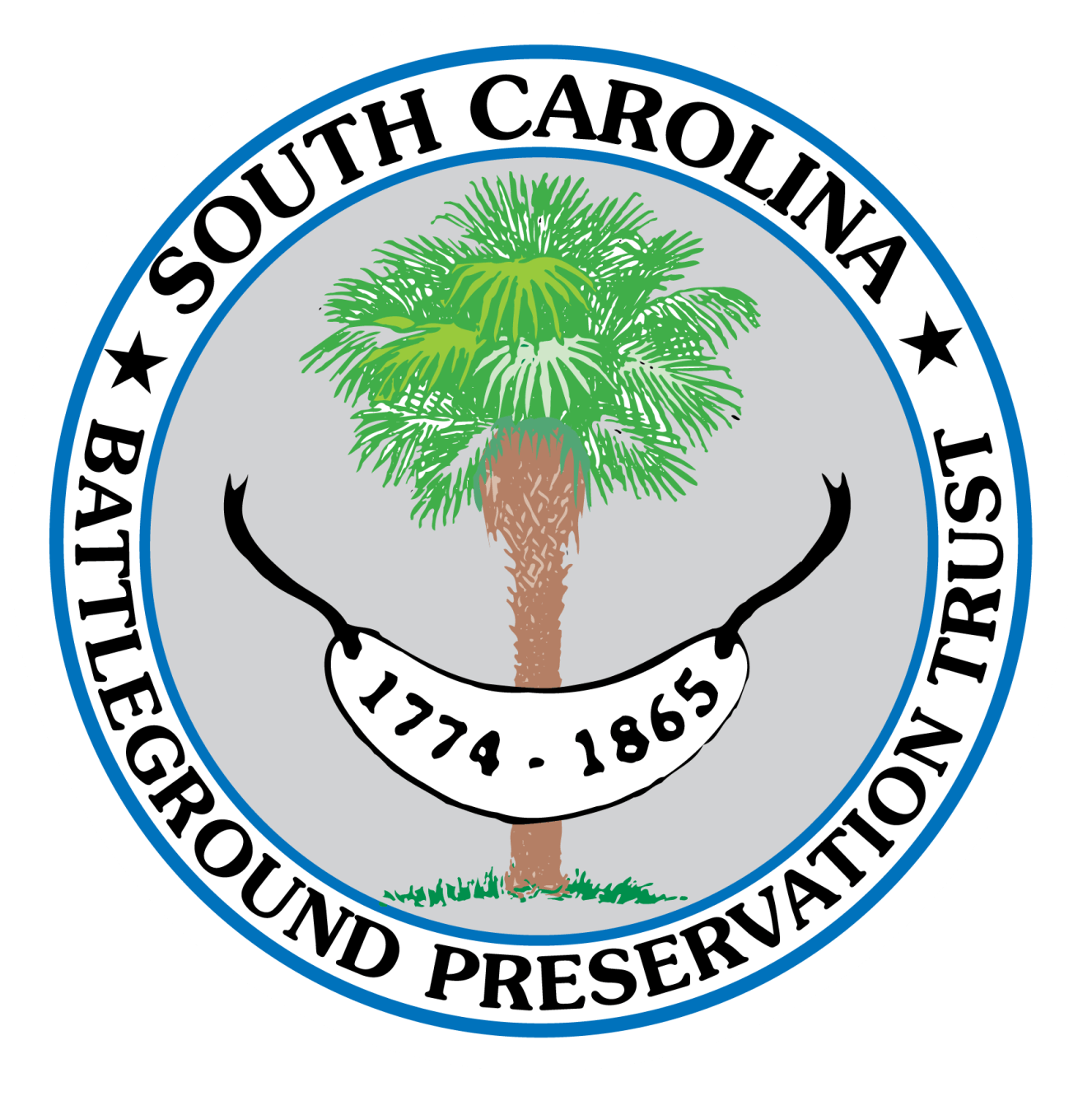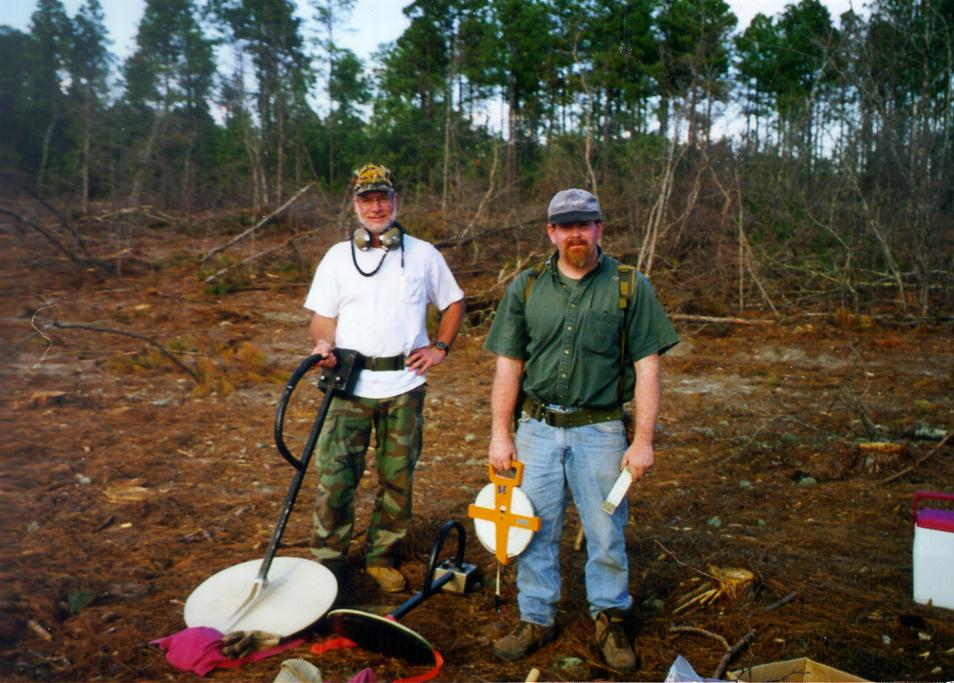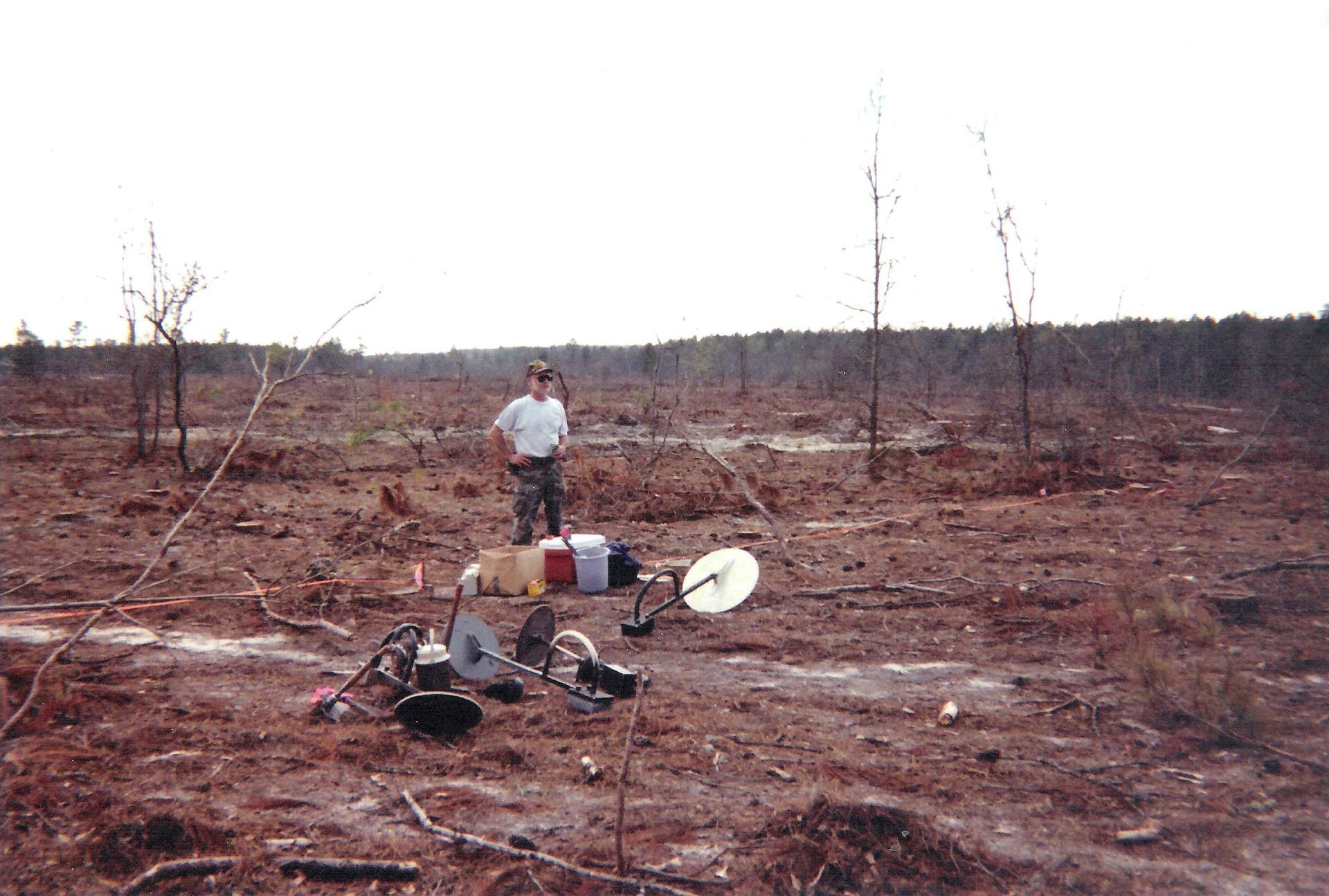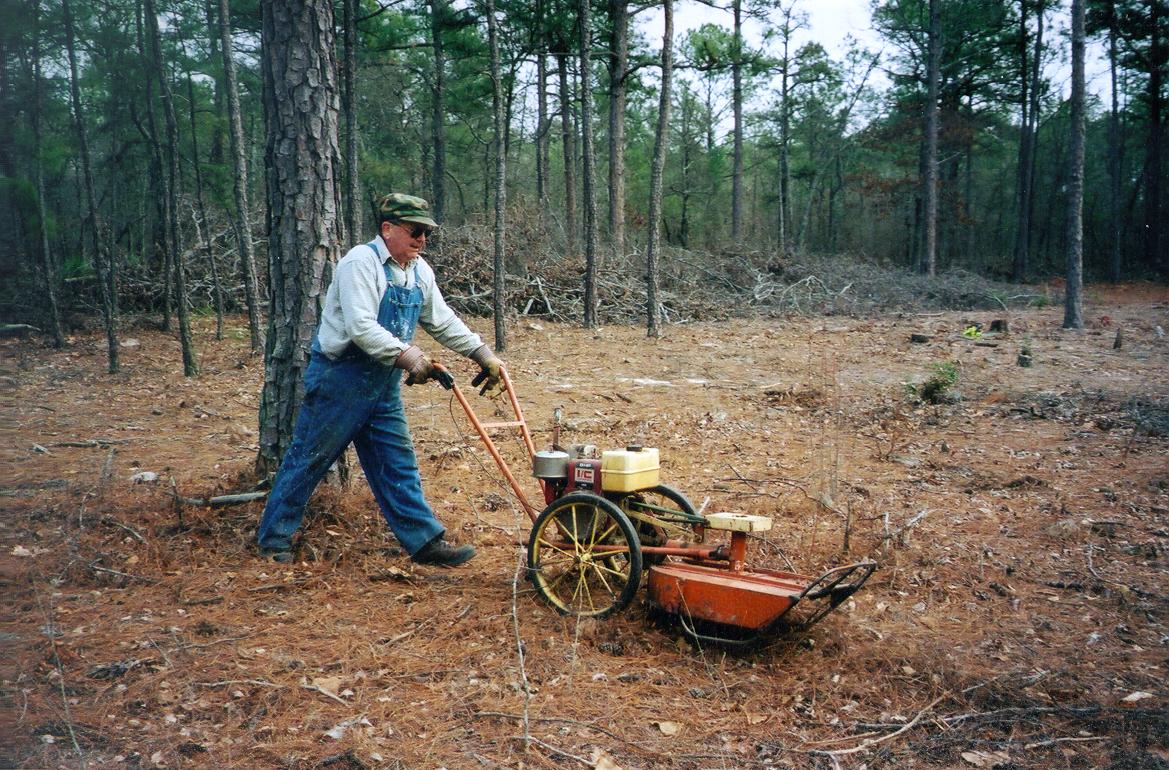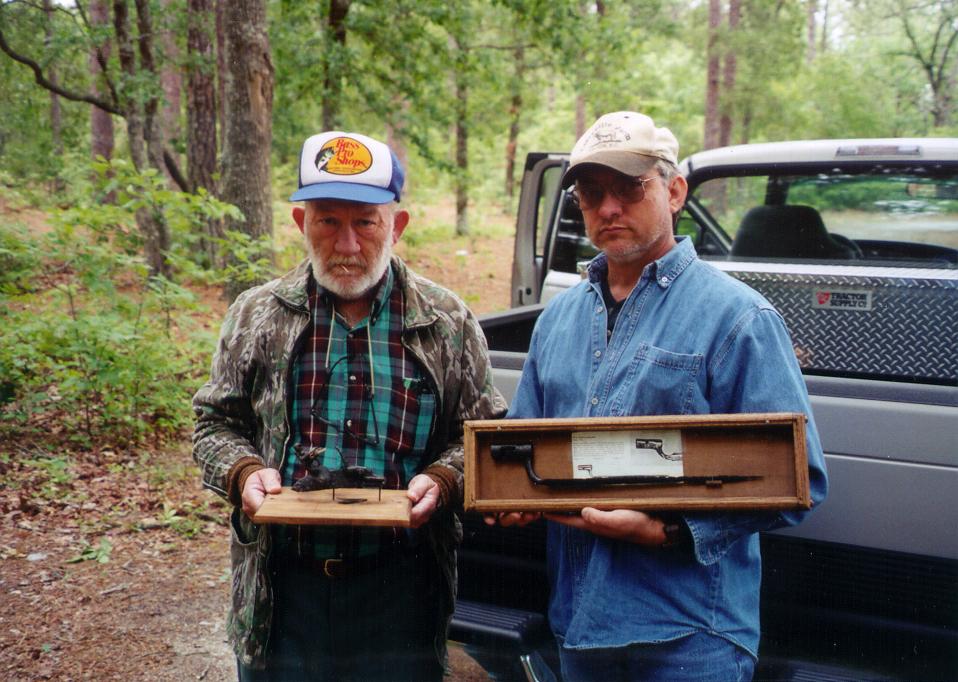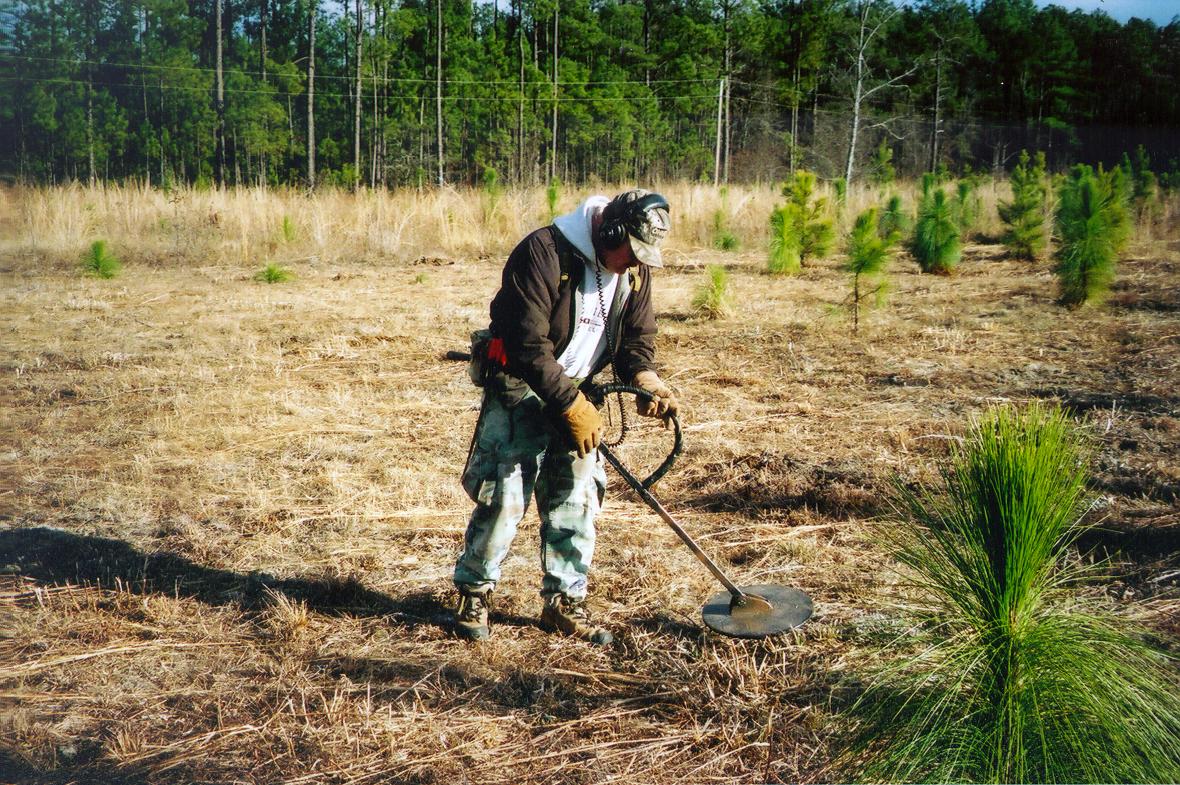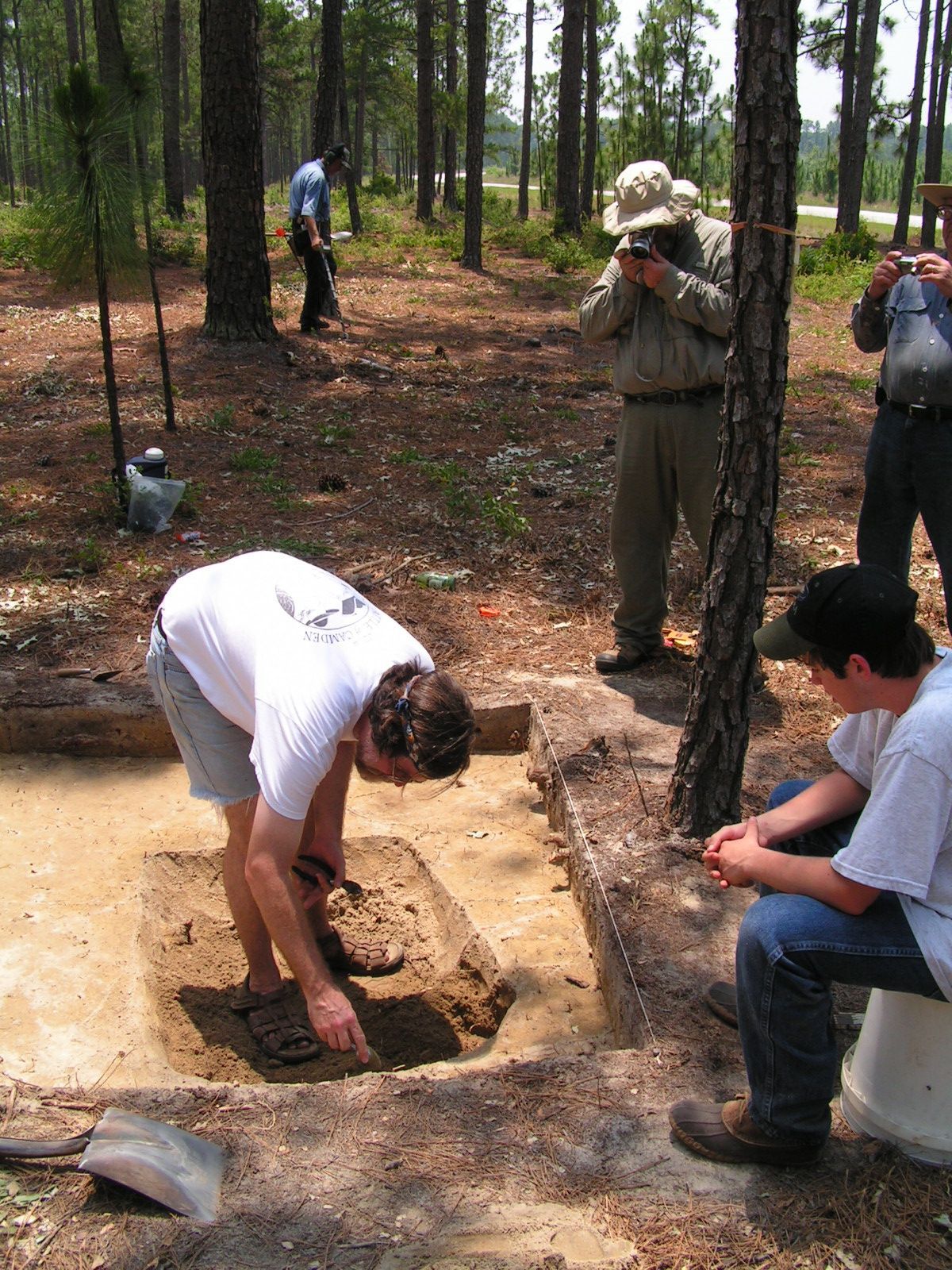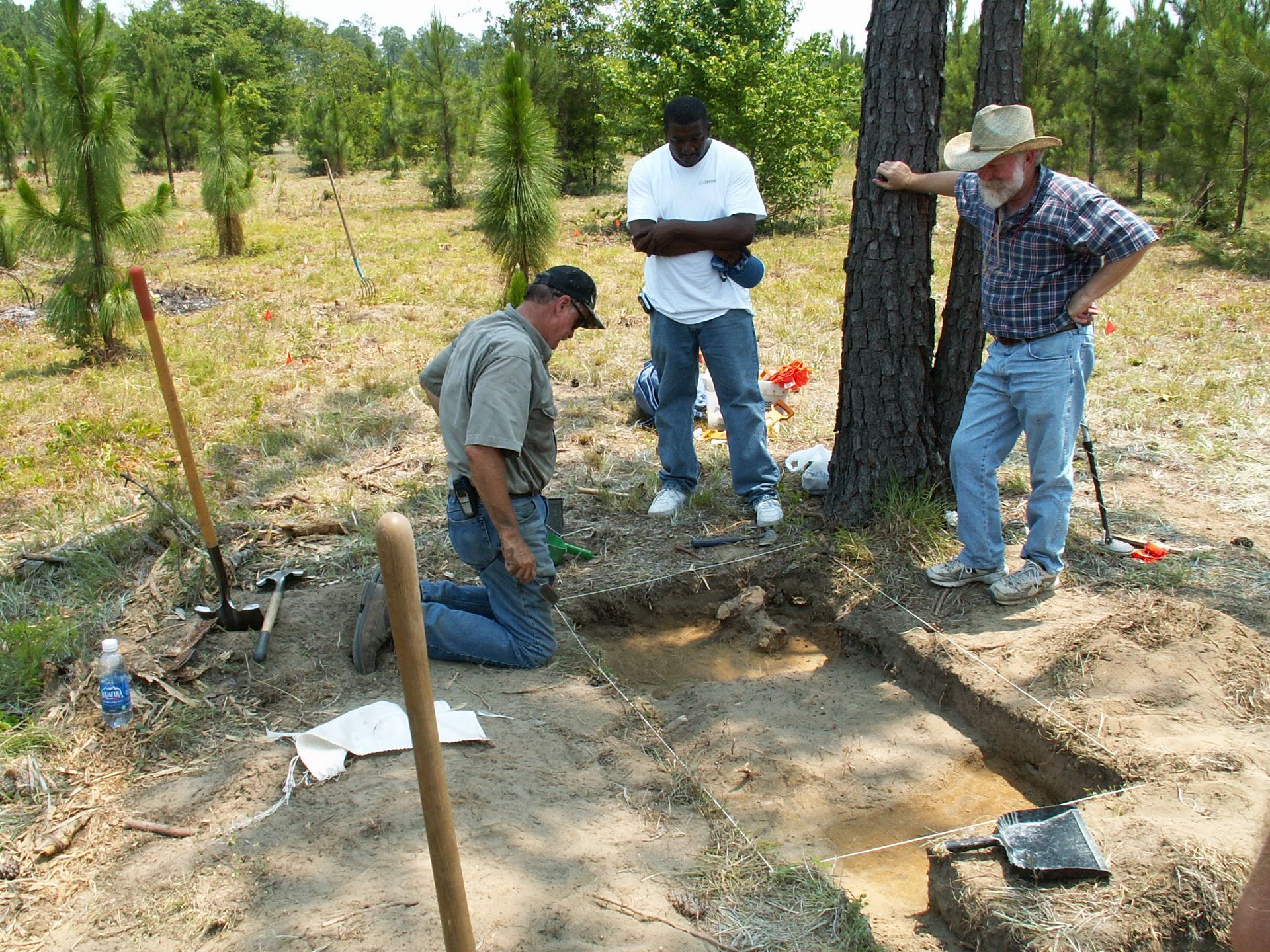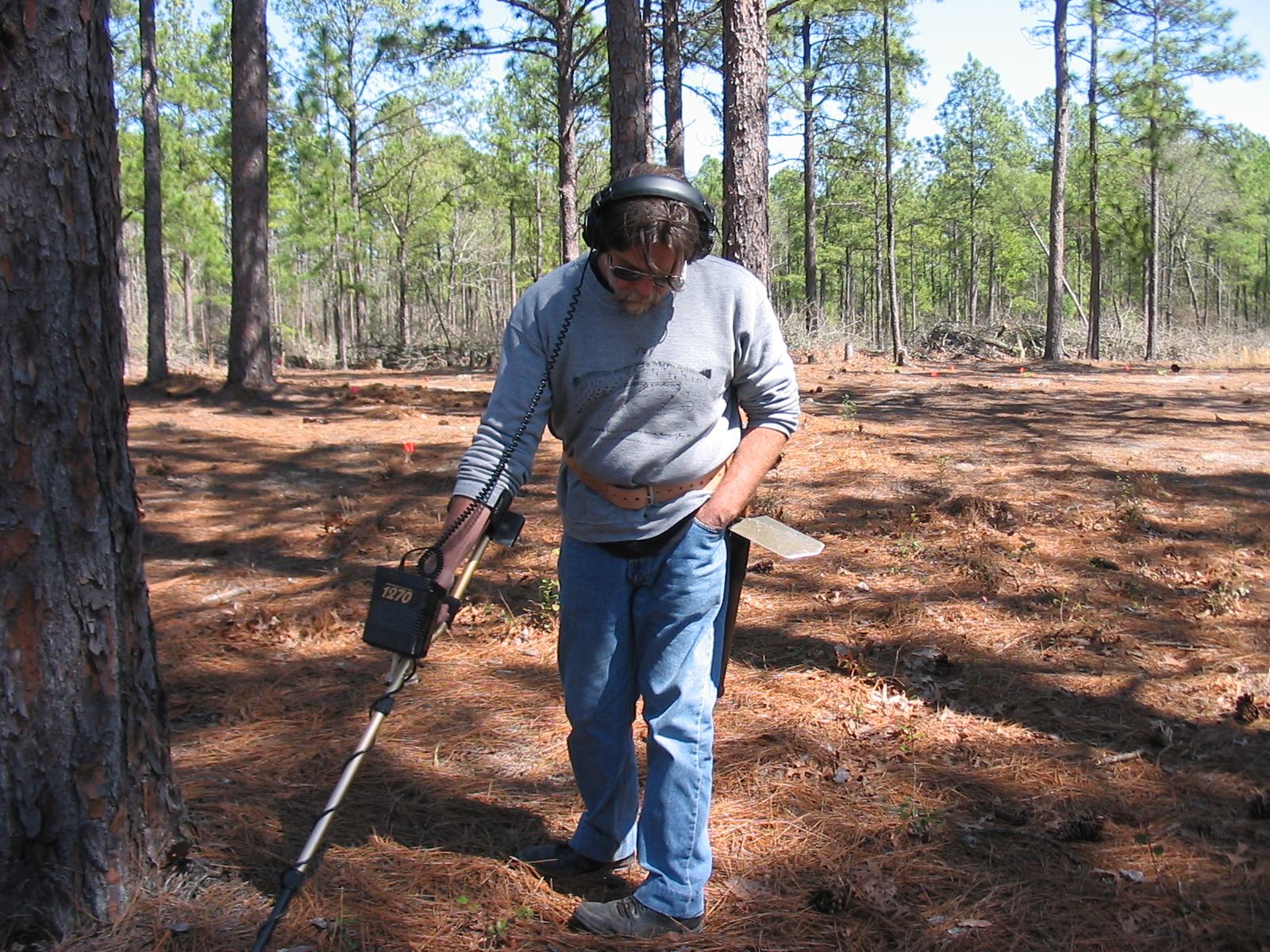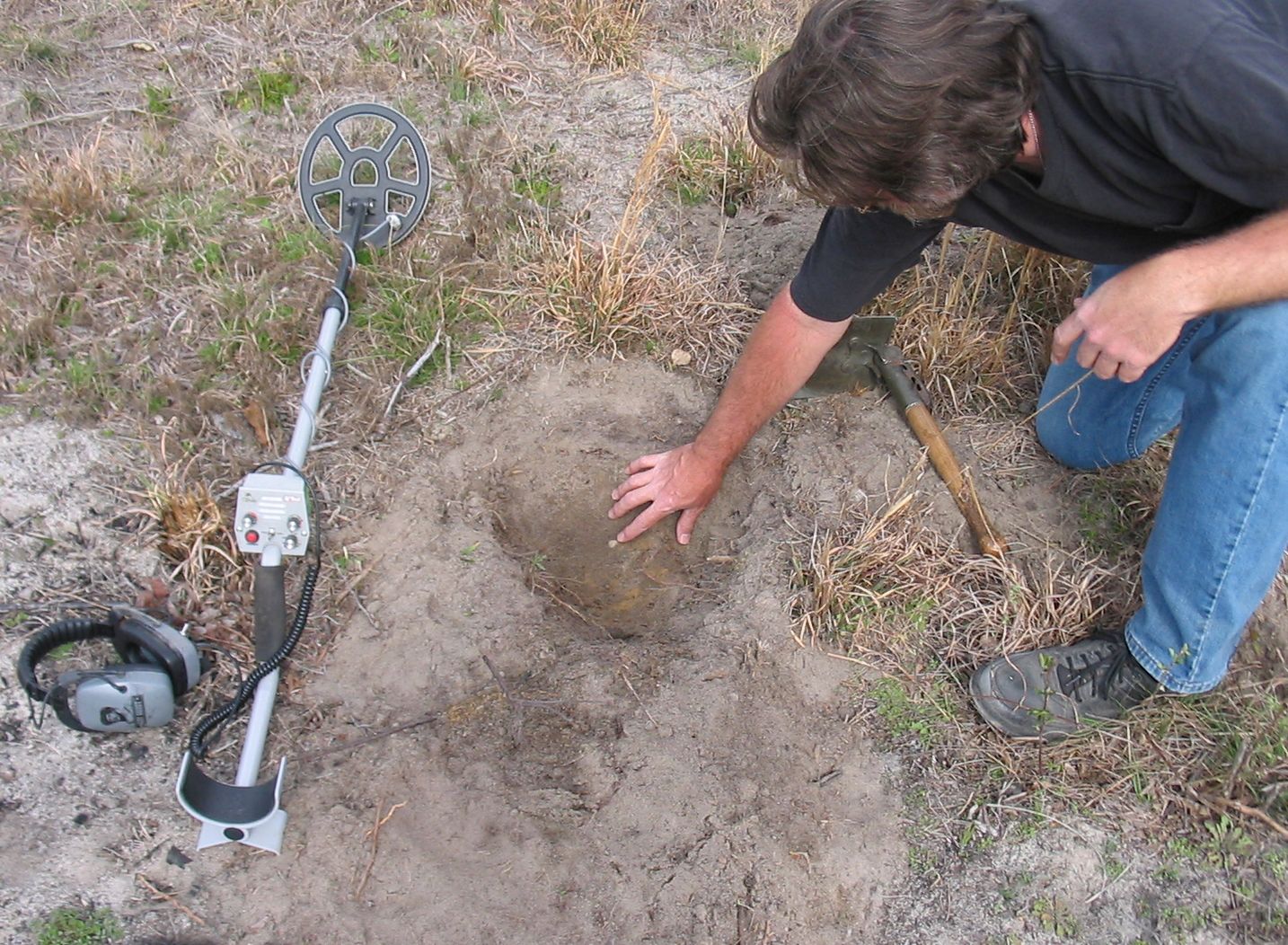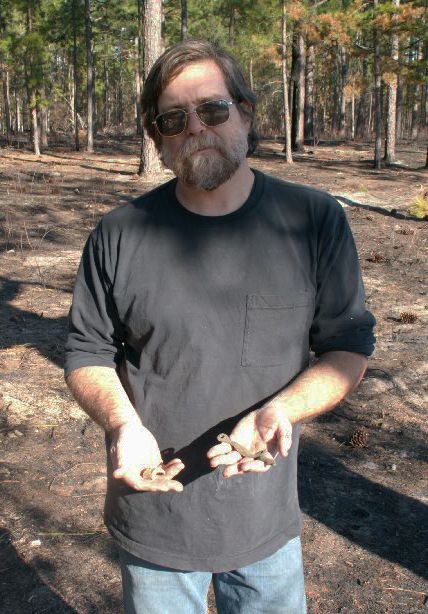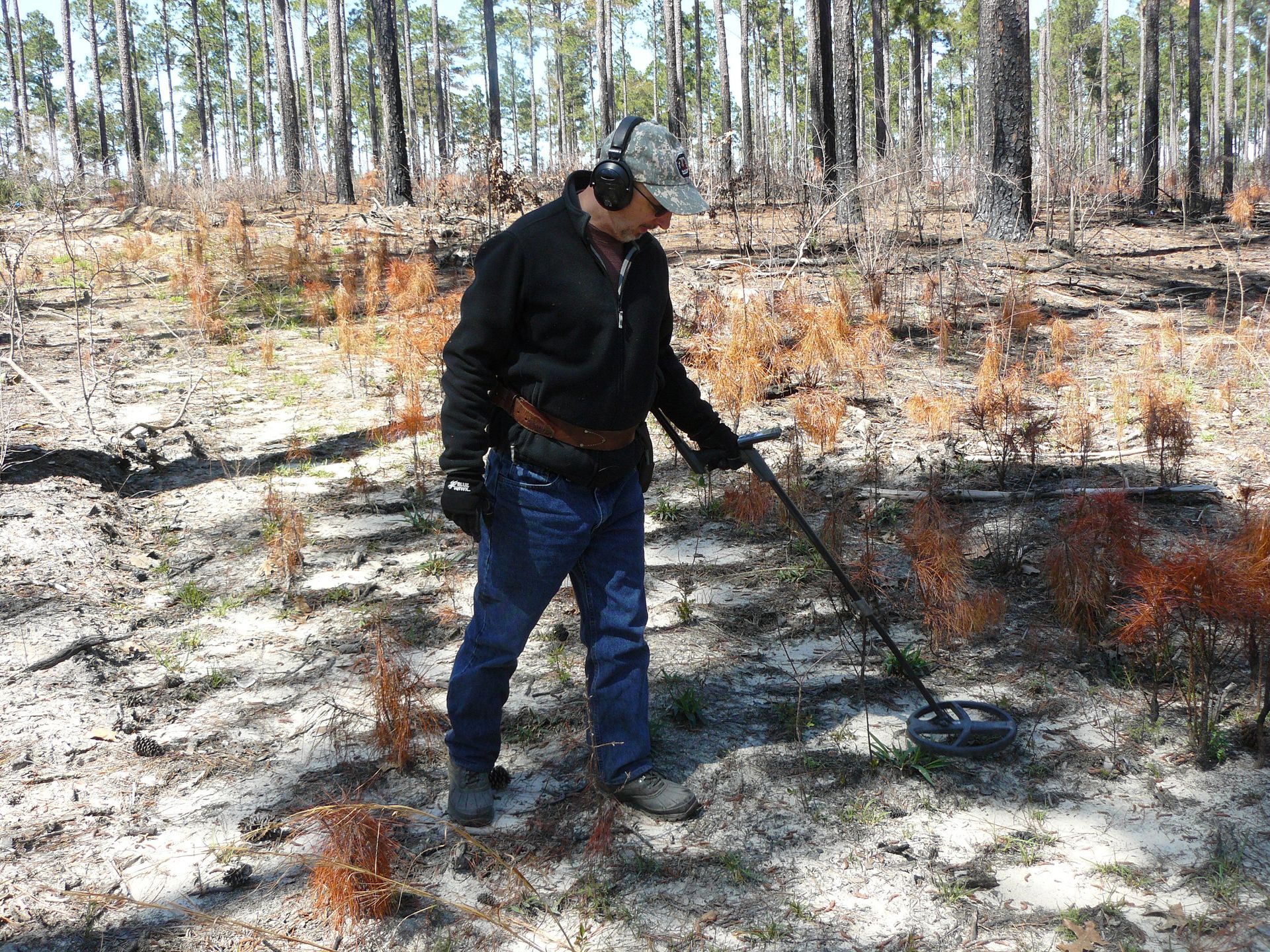About
Project Timeline
- Early Conservation Works1907
Upon forming the Hobkirk Hill Chapter of the Daughters of the American Revolution, the women aimed to preserve the Camden battlefield. Property owner William Edwards donated one acre of land where a granite stone was placed to commemorate the mortal wounding of Baron de Kalb, commander of Continental troops in the battle.
- Conservation Growth1942
William Edwards donated an additional five acres to the Hobkirk Hill Chapter to create a park on the battlefield.
- National Historic Landmark1961
The Camden Battlefield was designated as a National Historic Landmark.
- Conservation Easement Begins1996
Katawba Valley Land Trust and the Bowater Company begin negotiating a conservation easement to protect a larger footprint of the Camden Battlefield. Jim Legg, with the South Carolina Institute of Archaeology and Anthropology (SCIAA), selected a 314-acre tract that was intended to cover the core of the battlefield.
- Archaeological Potential Unfolds1998
Bowater clearcut much of the property. Legg conducted a metal detecting sample project in the clearcut west of Flat Rock Road and determined that archaeological potential remained in spite of decades of relic hunting.
- SCIAA's First Contract2002
The Palmetto Conservation Foundation (PCF) acquired the battlefield and assumed leadership of the preservation process. PCF contracted with Steven D. Smith, Ph.D. (SCIAA) for planning and archaeological research.
- Three Federal Grants & Seven Years2002–2009
Over the course of three Federal grants through PCF, SCIAA conducted and published extensive historical and archaeological research on the Camden Battlefield. The work during this period included an extensive survey of private collectors of Camden artifacts and intensive systematic metal detecting to define the battle on the present terrain. Collectors reported finding a total of eight, unmarked battlefield graves, two of which SCIAA verified with test excavations in 2006.
- Battle Interpretation and New Management2010–2020
The SCIAA Camden project was not funded during this period, but field work continued intermittently, expanding systematic metal detector coverage to refine the artifact distribution maps that enabled interpretation of the battle. During this period the preserved property grew to 476.20 acres.
- Historic Camden Foundation2017
Ownership of the Camden Battlefield was transferred from PCF to Historic Camden Foundation.
- Conservation Efforts Continue2018
The Liberty Trail, a partnership of the South Carolina Battleground Preservation Trust and the American Battlefield Trust, acquired an additional 294.45 acres of the Camden battlefield. This acquisition brought the total footprint of preserved land to 770.65 acres.
- Master Planning Takes Shape2019
The Historic Camden Foundation asked the South Carolina Battleground Preservation Trust and the American Battlefield Trust to create and manage a master plan process for the entire battlefield under preservation.
- Horizontal Timeline2001–2009
Over the course of three Federal grants through PCF, SCIAA conducted and published extensive historical and archaeological research on the Camden Battlefield. The work during this period included an extensive survey of private collectors of Camden artifacts and intensive systematic metal detecting to define the battle on the present terrain. Collectors reported finding a total of eight, unmarked battlefield graves, two of which SCIAA verified with test excavations in 2006.
- SCIAA Resumes Work2020-2022
SCIAA resumed intensive, systematic metal detector coverage during the COVID 19 pandemic. This work roughly doubled the artifact distribution data and resulted in the discovery of three new battlefield graves.
- The SCBPT Contract2022
The South Carolina Battleground Preservation Trust, in partnership with and on behalf of the Historic Camden Foundation, contracted with SCIAA to excavate at least five firmly located battlefield burials. The project quickly expanded to 14 individuals in seven different grave features.
- Early Conservation Works1907
Upon forming the Hobkirk Hill Chapter of the Daughters of the American Revolution, the women aimed to preserve the Camden battlefield. Property owner William Edwards donated one acre of land where a granite stone was placed to commemorate the mortal wounding of Baron de Kalb, commander of Continental troops in the battle.
- Conservation Growth1942
William Edwards donated an additional five acres to the Hobkirk Hill Chapter to create a park on the battlefield.
- National Historic Landmark1961
The Camden Battlefield was designated as a National Historic Landmark.
- Conservation Easement Begins1996
Katawba Valley Land Trust and the Bowater Company begin negotiating a conservation easement to protect a larger footprint of the Camden Battlefield. Jim Legg, with the South Carolina Institute of Archaeology and Anthropology (SCIAA), selected a 314-acre tract that was intended to cover the core of the battlefield.
- Archaeological Potential Unfolds1998
Bowater clearcut much of the property. Legg conducted a metal detecting sample project in the clearcut west of Flat Rock Road and determined that archaeological potential remained in spite of decades of relic hunting.
- SCIAA's First Contract2002
The Palmetto Conservation Foundation (PCF) acquired the battlefield and assumed leadership of the preservation process. PCF contracted with Steven D. Smith, Ph.D. (SCIAA) for planning and archaeological research.
- Three Federal Grants & Seven Years2002–2009
Over the course of three Federal grants through PCF, SCIAA conducted and published extensive historical and archaeological research on the Camden Battlefield. The work during this period included an extensive survey of private collectors of Camden artifacts and intensive systematic metal detecting to define the battle on the present terrain. Collectors reported finding a total of eight, unmarked battlefield graves, two of which SCIAA verified with test excavations in 2006.
- Battle Interpretation and New Management2010–2020
The SCIAA Camden project was not funded during this period, but field work continued intermittently, expanding systematic metal detector coverage to refine the artifact distribution maps that enabled interpretation of the battle. During this period the preserved property grew to 476.20 acres.
- Historic Camden Foundation2017
Ownership of the Camden Battlefield was transferred from PCF to Historic Camden Foundation.
- Conservation Efforts Continue2018
The Liberty Trail, a partnership of the South Carolina Battleground Preservation Trust and the American Battlefield Trust, acquired an additional 294.45 acres of the Camden battlefield. This acquisition brought the total footprint of preserved land to 770.65 acres.
- Master Planning Takes Shape2019
The Historic Camden Foundation asked the South Carolina Battleground Preservation Trust and the American Battlefield Trust to create and manage a master plan process for the entire battlefield under preservation.
- Horizontal Timeline2001–2009
Over the course of three Federal grants through PCF, SCIAA conducted and published extensive historical and archaeological research on the Camden Battlefield. The work during this period included an extensive survey of private collectors of Camden artifacts and intensive systematic metal detecting to define the battle on the present terrain. Collectors reported finding a total of eight, unmarked battlefield graves, two of which SCIAA verified with test excavations in 2006.
- SCIAA Resumes Work2020-2022
SCIAA resumed intensive, systematic metal detector coverage during the COVID 19 pandemic. This work roughly doubled the artifact distribution data and resulted in the discovery of three new battlefield graves.
- The SCBPT Contract2022
The South Carolina Battleground Preservation Trust, in partnership with and on behalf of the Historic Camden Foundation, contracted with SCIAA to excavate at least five firmly located battlefield burials. The project quickly expanded to 14 individuals in seven different grave features.
Photo Galleries
Behind the Scenes Videos
Robert Gibbes, SCDNR Archaeologist, assists with screening at the Richland County Coroner's Office .
